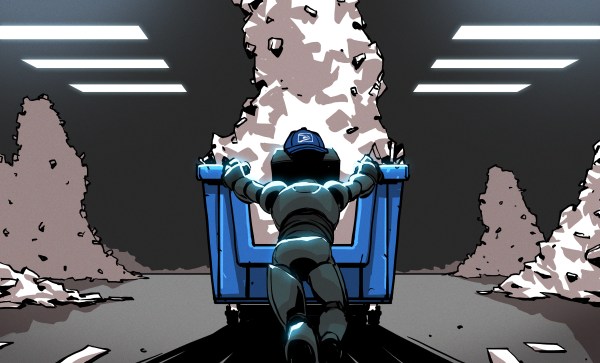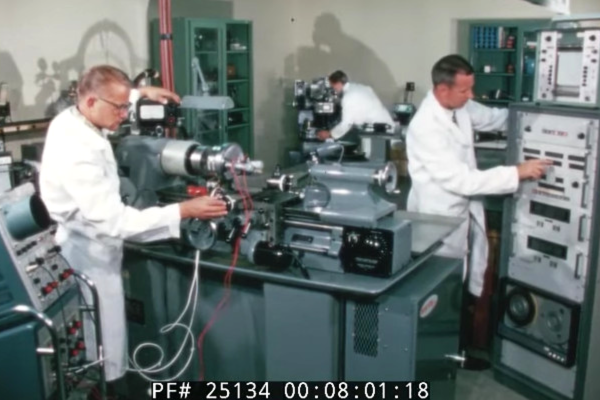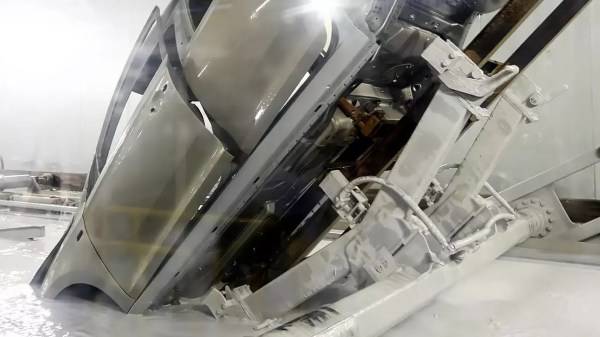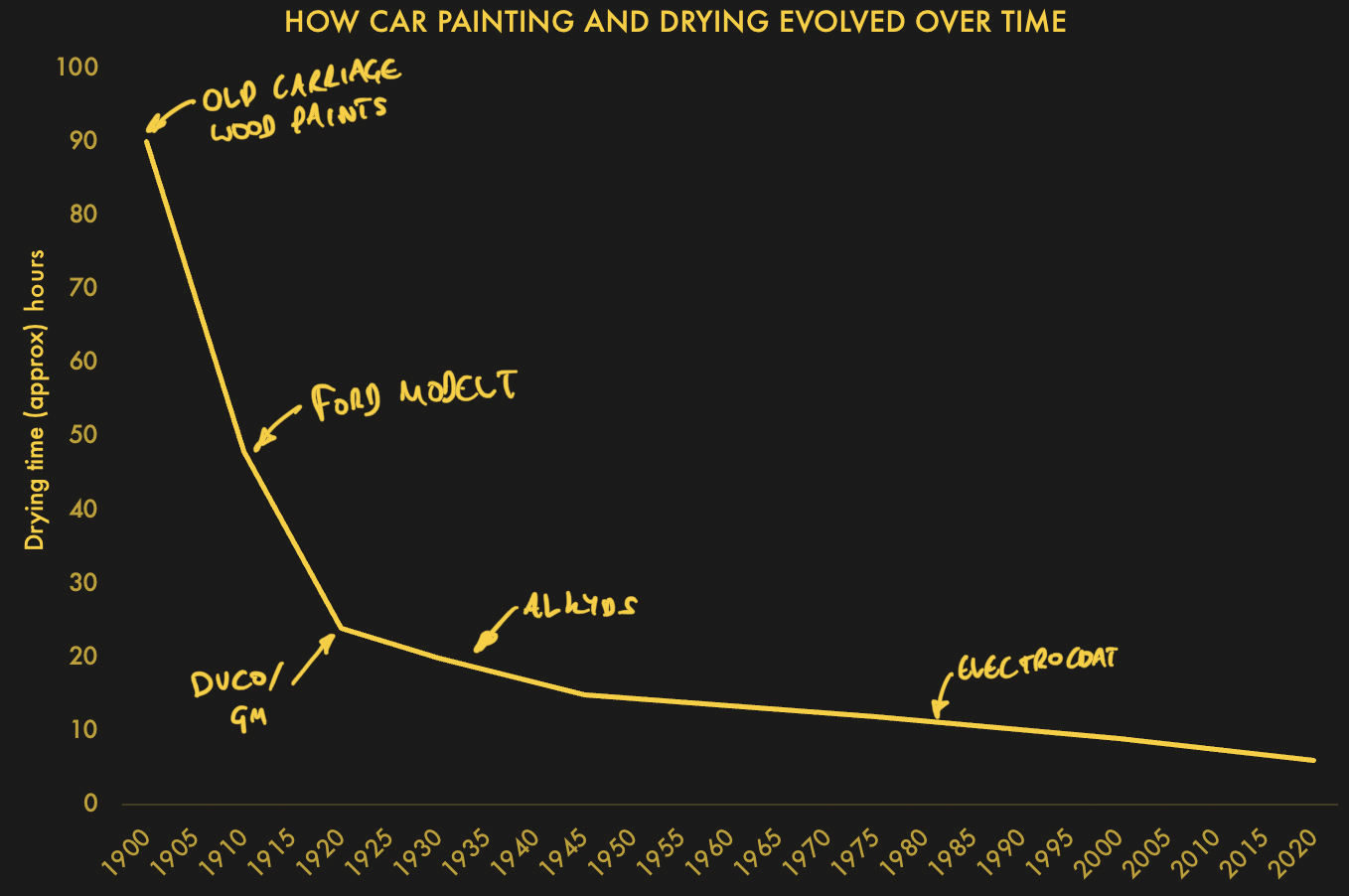Snail mail. You may not think much of it these days, but the mail doesn’t stop and it never has. Every type of mail from postcards and letters to large envelopes and packages of all sizes moves every single day all over the US, even though it isn’t typically delivered on Sundays. Dealing with the ever-increasing volume of physical mail has called for the invention and evolution of automatic mail sorting machines that are used by both postal facilities and businesses alike.
While mail sorting machines have grown and matured over the years, the human element of the task remains intact. As long as people type addresses, write them by hand, and/or print them in handwriting fonts by the hundreds, there will need to be humans on hand to verify at least a few of them that are really hard to read.
There are roughly a dozen different types of mail sorting machines in 2023. In this series, we’re going to take a look at most of them, along with many other aspects of the United States Postal Service and its history.



















